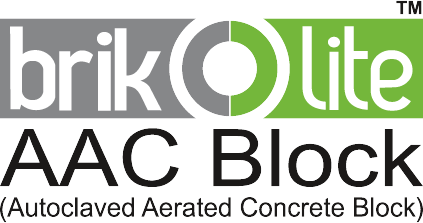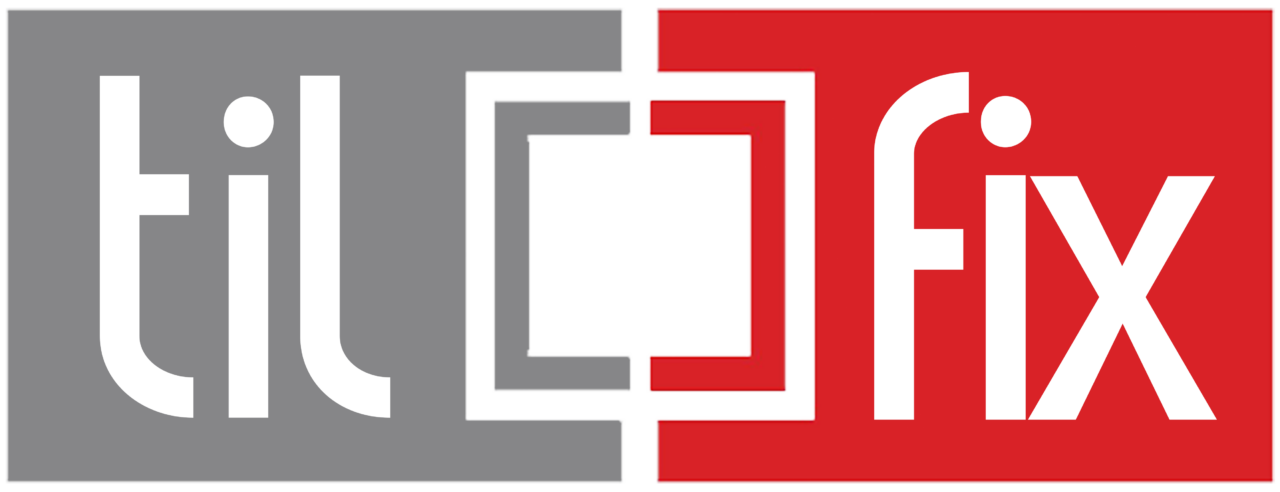AAC BLOCK HISTORY
How it started?
Autoclaved Aerated Concrete(AAC), was first manufactured in the mid 1920s by the Swedish architect and inventor, Dr. Johan Axel Eriksson, working in collaboration with Professor Henrik Kreuger, at the Royal Institute of Technology. Although the process was patented in 1924, production started in Sweden in 1929, under the brand name Ytong. The second major autoclaved cellular concrete international brand was Hebel, which opened its first plant in 1943, in Germany.
The Ytong Autoclaved Aerated Concrete in Sweden was produced with Alum Slate, whose combustible Carbon content made it beneficial to use in the production process. As the slate deposits used for Ytong contained a bit of uranium, the manufacturers started using new methods, with a composition of Quartz sand/Fly Ash, calcined gypsum, lime, cement, water and Aluminium powder. After 1975, Ytong produced a new type of Autoclaved Aerated Concrete block without using Alum Slate, thus the effects from radioactive radon gas, that was there in earlier products was eliminated. Brikolite AAC blocks, follows the same process of manufacturing.
Composition of AAC Blocks





